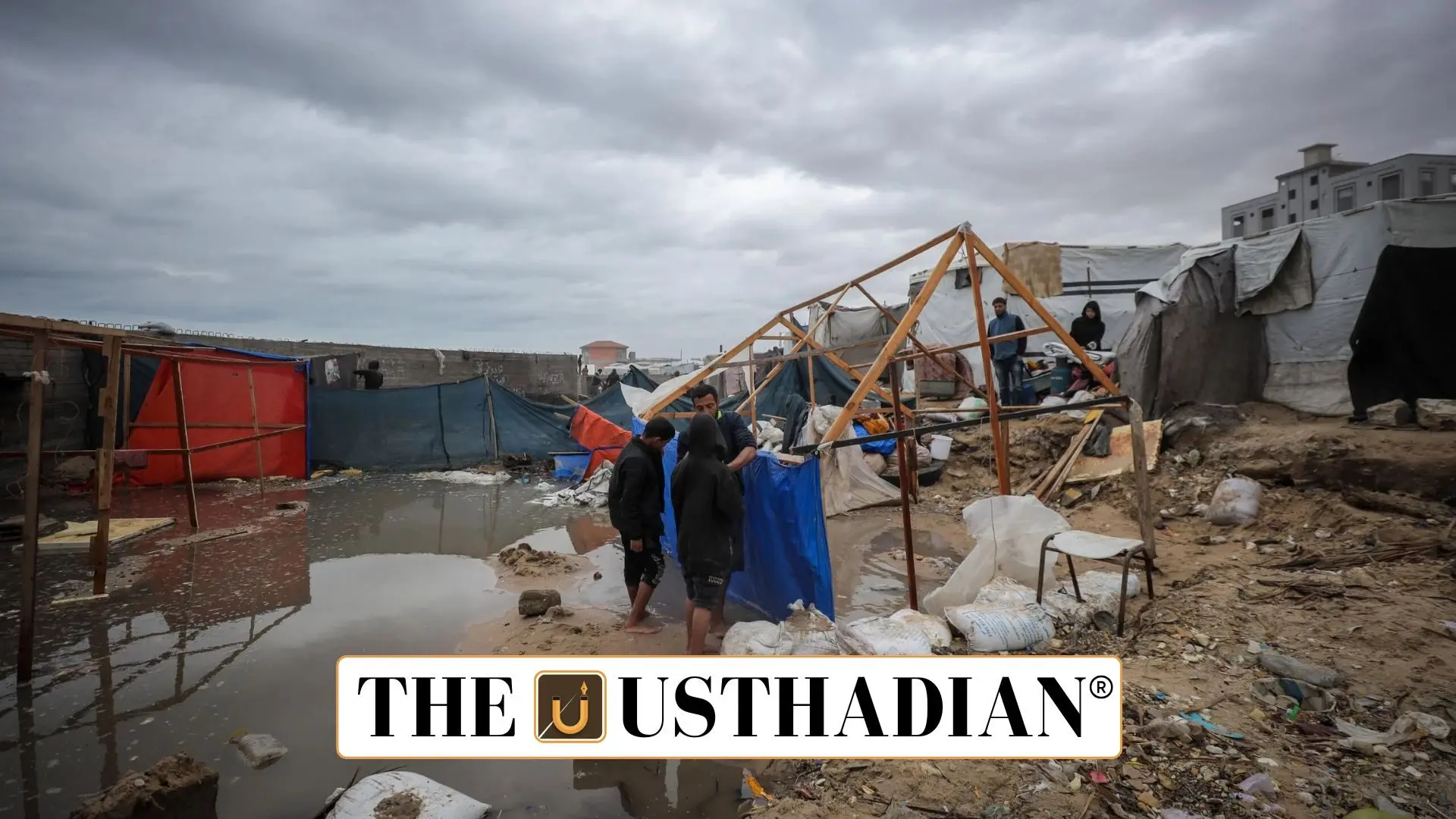A Silent Killer in a War Zone
Winter in Gaza: Hypothermia and the Hidden Humanitarian Emergency: This winter, Gaza’s humanitarian crisis has taken a chilling turn—literally. While the world watches the region’s conflict, another threat is quietly claiming lives: hypothermia. In just one week, six infants died, not due to bombings or violence, but because their fragile bodies couldn’t survive the cold. In makeshift shelters with no heating, cold has become a deadly weapon.
Understanding Hypothermia: More Than Just Feeling Cold
Hypothermia happens when body temperature drops below 35°C (95°F). It’s not limited to snowy places—even at temperatures above 4°C (40°F), rain and wind can cause dangerous heat loss. Gaza’s night temperatures often hover around 11–12°C, which is enough to be fatal, especially for babies and the elderly in wet, unheated tents.
Doctors classify hypothermia in three stages:
- Mild (32–35°C): Shivering, cold skin.
- Moderate (28–32°C): Confusion, stiff muscles.
- Severe (below 28°C): Weak heartbeat, unconsciousness, possible death.
In overcrowded camps without blankets or fuel, mild symptoms quickly escalate to severe ones.
Why Infants Are Dying Faster
Babies lose body heat rapidly. They don’t shiver like adults and have less body fat. Add poor nutrition, and they simply can’t generate warmth. In Gaza, where fuel is blocked and food is scarce, many newborns don’t stand a chance against the chill.
Gaza’s Weather: Misunderstood and Dangerous
While most associate Gaza with dry summers, winters are cold, damp, and windy. December 2024 saw days as cool as 19°C, dropping to 11°C at night. With no fuel, families are burning wood or garbage for warmth—creating dangerous smoke and worsening health.
In some areas, tents are collapsing under rain and wind, making exposure even worse.
The Blockade: Why Aid Doesn’t Reach
Gaza is bordered by Israel, Egypt, and the sea, but its access points—Rafah, Karem Abu Salem, and Erez—are tightly restricted. Since 2007, when Hamas took control, Israel and Egypt have imposed a blockade, severely limiting food, fuel, and medical aid.
The result? Even when aid agencies want to help, supplies get stuck at borders. Gaza, often referred to as an “open-air prison,” struggles to survive behind checkpoints and politics.
A Timeline of Suffering
- 1967: Israel captured Gaza from Egypt in the Six-Day War.
- 2005: Israel withdrew its settlers but retained control over airspace and sea.
- 2007: Blockade begins after Hamas takes over.
- 2024: Death toll from conflict exceeds 45,500, mostly women and children.
Now, winter adds cold-related deaths to an already heartbreaking toll.
Healthcare Breakdown
Hypothermia is treatable, but in Gaza, clinics are overwhelmed or destroyed. Early treatment needs blankets, warm fluids, and shelter—luxuries in current conditions. For severe cases, hospital equipment is essential, but with limited electricity and supplies, even treatable cases are becoming fatal.
STATIC GK SNAPSHOT FOR COMPETITIVE EXAMS
Winter in Gaza: Hypothermia and the Hidden Humanitarian Emergency:
| Topic | Data / Fact |
| Hypothermia Onset | Below 35°C (95°F) |
| Risk Temperature with Wind/Rain | As high as 4°C (40°F) |
| Severe Hypothermia | Below 28°C (82.4°F) |
| Gaza Winter Nights | 11–12°C |
| Gaza Borders | Israel, Egypt, Mediterranean Sea |
| Main Crossings | Rafah (Egypt), Karem Abu Salem & Erez (Israel) |
| Population of Gaza | ~2.3 million |
| Gaza Blockade Began | 2007 |
| Israel Captured Gaza | 1967 (Six-Day War) |
| Term Often Used | “Open-Air Prison” |








